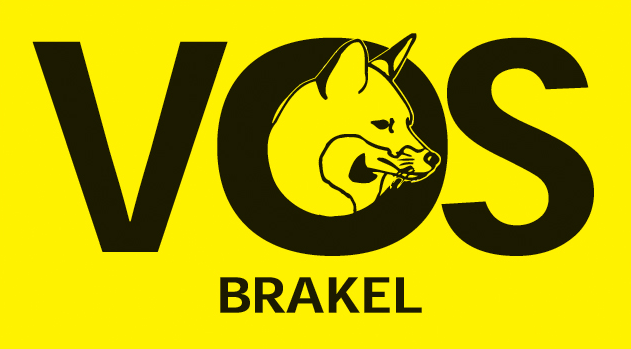Quality Agreement Gap
Posted by: admin | Posted on: april 15th, 2023 | 0 Comments
As businesses expand and outsourcing becomes more prevalent, the use of quality agreements has become increasingly important. These agreements are contracts between a company and its suppliers, ensuring that both parties are on the same page regarding product quality standards. However, there is a growing problem in this area known as the “quality agreement gap.”
The quality agreement gap refers to the disconnect between the expectations outlined in a quality agreement and the actual performance of a supplier. In other words, there is a gap between what the supplier promises to deliver in terms of quality and what they actually deliver. This can lead to significant problems, including product recalls, compliance issues, and damaged reputations.
One of the main causes of the quality agreement gap is the lack of enforceability of these agreements. Many quality agreements are vague or incomplete, leaving room for interpretation and miscommunication. Additionally, some suppliers may not take these agreements seriously or may not have the resources to meet the expectations outlined in the contract.
To address this issue, businesses can take several steps to ensure that their quality agreements are effective. First, companies should review and update their quality agreements regularly, ensuring that they are specific and comprehensive. They should also ensure that these agreements are enforceable and that there are consequences for suppliers who fail to meet their obligations.
Communication is also critical in ensuring that quality agreements are effective. Companies should maintain open and ongoing communication with their suppliers to ensure that they are aware of any changes or updates to the quality agreement. Regular monitoring and testing should also be conducted to ensure that suppliers are meeting the expectations outlined in the agreement.
Finally, companies should be willing to terminate relationships with suppliers who consistently fail to meet quality standards. While this may be a difficult decision, it is essential to maintaining the integrity of the business and ensuring that customers receive products of the highest quality.
In conclusion, the quality agreement gap is a growing problem that can have significant consequences for businesses. However, by taking proactive steps to ensure that quality agreements are specific, enforceable, and regularly updated, companies can reduce this gap and maintain their reputation for delivering high-quality products.
